Studies Related to Our Exhibitions
 |
On the Other Side of the Intermediate State: The Art of Tibor Hajas and the Tibetan Mysteries
On the Other Side of the Intermediate State is one of a series of exhibitions at the Hopp Museum exploring the influence os Asian cultures on Hungarian artists and intellectuals in the 19th and 20th centuries. This exhibition presents works by Tibor Hajas (1946–1980) poet and artist, focusing on the last period of his career, which was influenced by a book by Béla Hamvas entitled the Tibetan Mysteries and defined by aspects of Tibetan Buddhism.
|
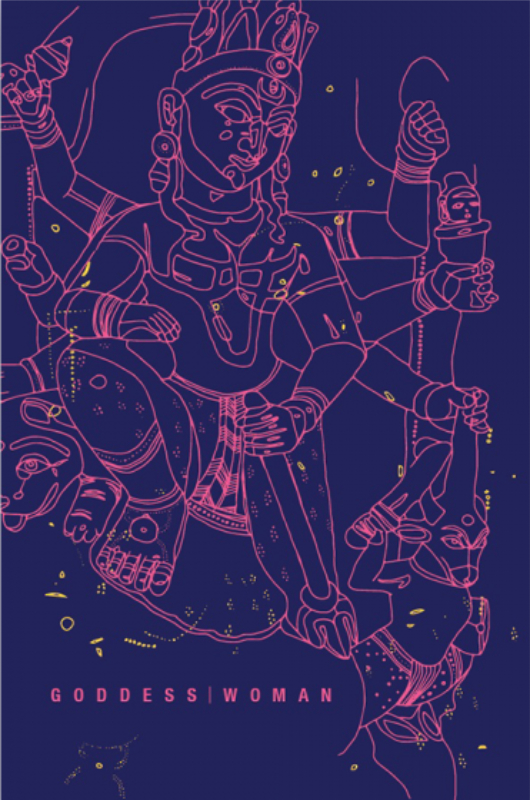 |
Goddes | Woman. Devi Cults and Traditional Female Roles in IndiaThere are two focal points in the volume studies: the Hindu Goddess and the Indian earthly woman. In the introductory study we can learn about the roles of Goddesses and earthly women in the work of Róbert Válóczi and Gyula Wojtilla. The second unit of the volume focuses on the position of women and goddesses in Indic religion. ISBN 978-315-5304-84-2 |
 |
Sanghay-Shanghai. Parallel Diversities Between East and WestThe publication related to the exhibition Shangay-Shanghai. Parallel Diversities Between East and West is intended to offer an overview of the creative activities of Hungarians who were attached to Shanghai in the first half of the twentieth century, and evoke the image of the East that was widespread in Hungary at the time. ISBN 978-963-89585-6-3 |
 |
Nagas, Birds, Elephants. Traditional Dress from Mainland Southeast AsiaIn the book, Southeast Asian textiles are examined from several different angles – geographical, chronological and anthropological; starting with a presentation of textile types, their ritualistic roles and their systems of patterning, the distinguishing features of the different peoples – their beliefs, their customs and their celebrations – are approached through depictions of their traditional dress and materials. The geographical scope of the selected materials was restricted to mainland Southeast Asia. The earliest items discussed are Khmer-Empire statues from the 12th–13th centuries, while the most recent items are textiles collected – mostly “in the field” – in the 19th–20th centuries. ISBN 978-963-87496-7-3 |
 |
In Search of Prince Genji. Japan in Words and ImagesThe name of the protagonist in the thousand-year-old literary classic, Genji Monogatari, is always accompanied in Japanese by the sobriquet “hikaru”, which means ’to shine’, ’to sparkle’. The epithet refers not only to Prince Genji’s ethereal beauty, but also to his unparalleled intellect and his refined tastes and manners. This physical and mental perfection has elevated his figure to the status of the most iconic character in Japanese cultural history. His time and the realm of the eleventh-century imperial court in Heian-kyō, today’s Kyoto are regarded as the cradle of classical Japanese culture.
|
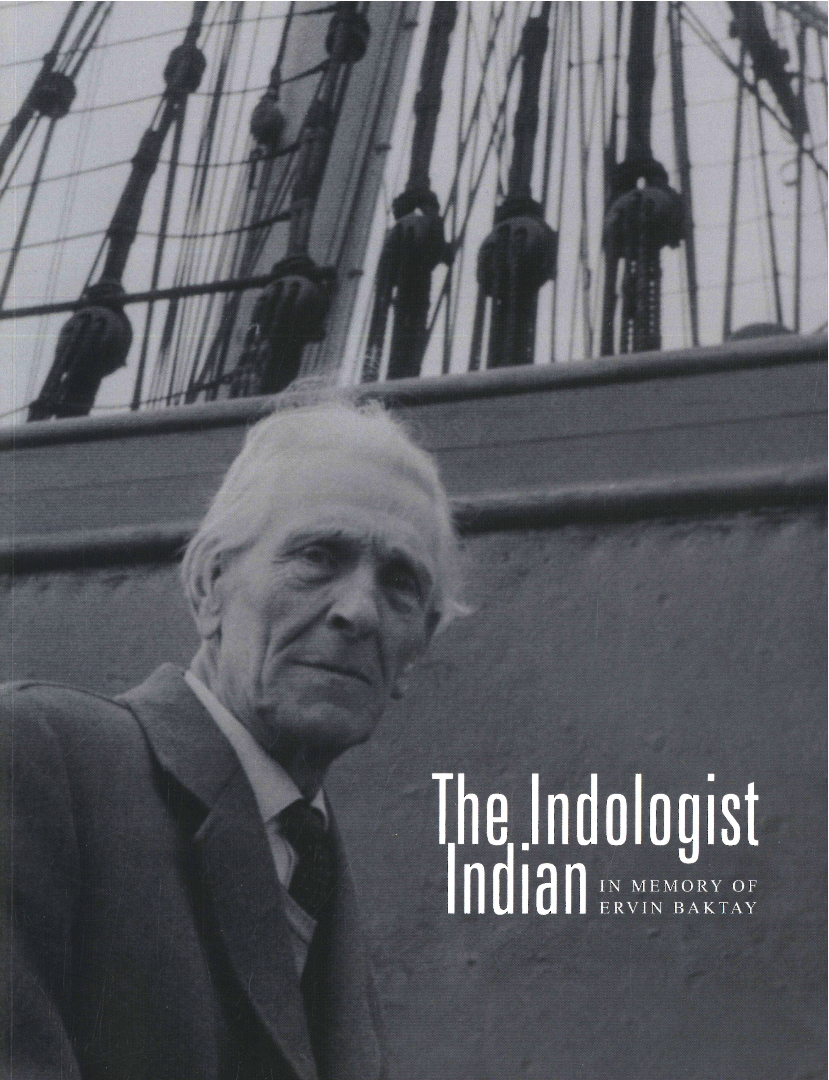 |
Az indológus indián. Baktay Ervin emlékezeteA book on the founder of the Ferenc Hopp Museum of Asiatic Arts was published in 2008 under the mysterious title “The man of Buitenzorg villa”. In 1919, Ferenc Hopp in his last will bequeathed his home – the Buitenzorg villa on Andrássy street – and his Oriental collection of approximately 4,000 items to the Hungarian state under the condition that the villa would house a museum of Eastern Asiatic arts. ISBN: 9789638754868 |
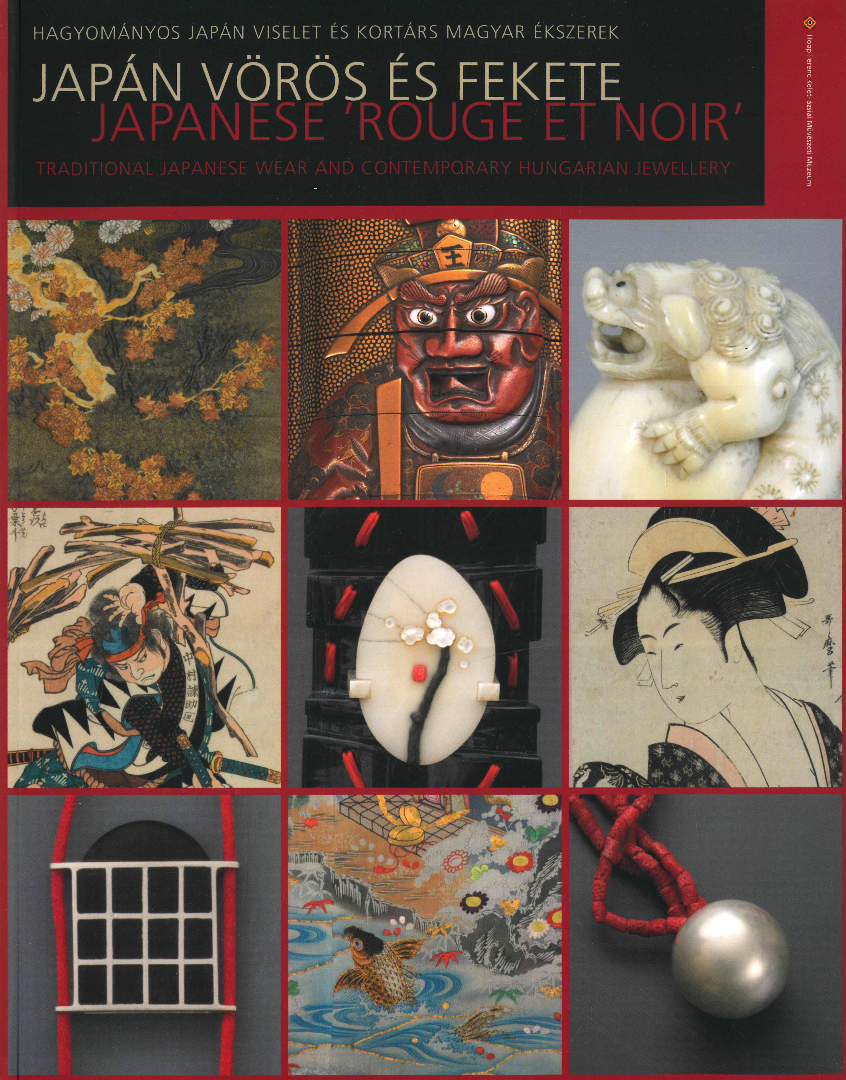 |
Japán vörös és fekete. Hagyományos japán viselet és kortárs magyar ékszerekA kötet egy olyan kiállítás sorozat tervezett első példánya, mely arra hívatott, hogy egymás mellett jelenítse meg a hagyományos ázsiai kultúra művészi alkotásait, valamint ezeknek az alkotásoknak a hatását a modern kortárs művészet darabjain. A kiállítás, valamint a kiadvány a japán tárgykultúra tárgyait és a tradicionális japán viselet világát mutatja be párhuzamosan a kortárs magyar ékszertervezők japán tárgyak inspirálta alkotásaival. The publication entitled Japanese “Rouge et Noir”. Traditional Japanese Wear and Contemporary Hungarian Jewellery is the first volume related to a series of exhibitions that is intended to represent artistic works of traditional Asian cultures along with their effects on contemporary art. The exhibition and the publication give an insight into the objects of Japanese material culture and traditional Japanese wear, along with the works of Hungarian jewellery designers inspired by Japanese artefacts. ISBN: 978-963-9873-33-9
|
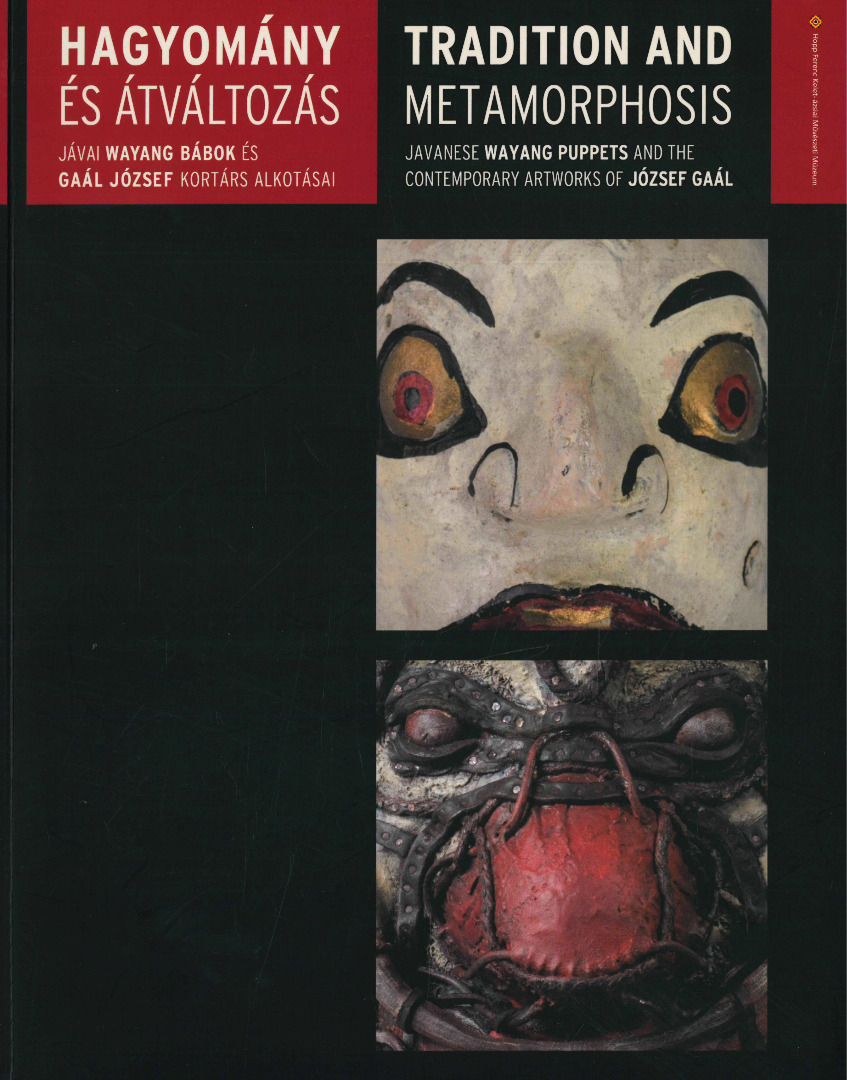 |
Hagyomány és átváltozás. Jávai Wayang bábok és Gaál József kortárs alkotásaiA kötet Gaál József képzőművész alkotásait segítségül híva értelmezi újra az indonéz szigetvilág egyik legismertebb művészeti ágát, a wayangot. Gaál József alkotásaival együtt kerülnek kiállításra Zboray Ernőnek az 1920-as években Nyugat-Jáván gyűjtött wayang bábjai is. The publication presents the works of the artist József Gaál to offer a re-interpretation of wayang, the most widely known branch of art of the Indoniesian archipelago. Along with József Gaál’s works, Ernő Zboray’s wayang puppets collected in Western Java in the 1920s are also exhibited. ISBN: 978-615-5217-13-5 |
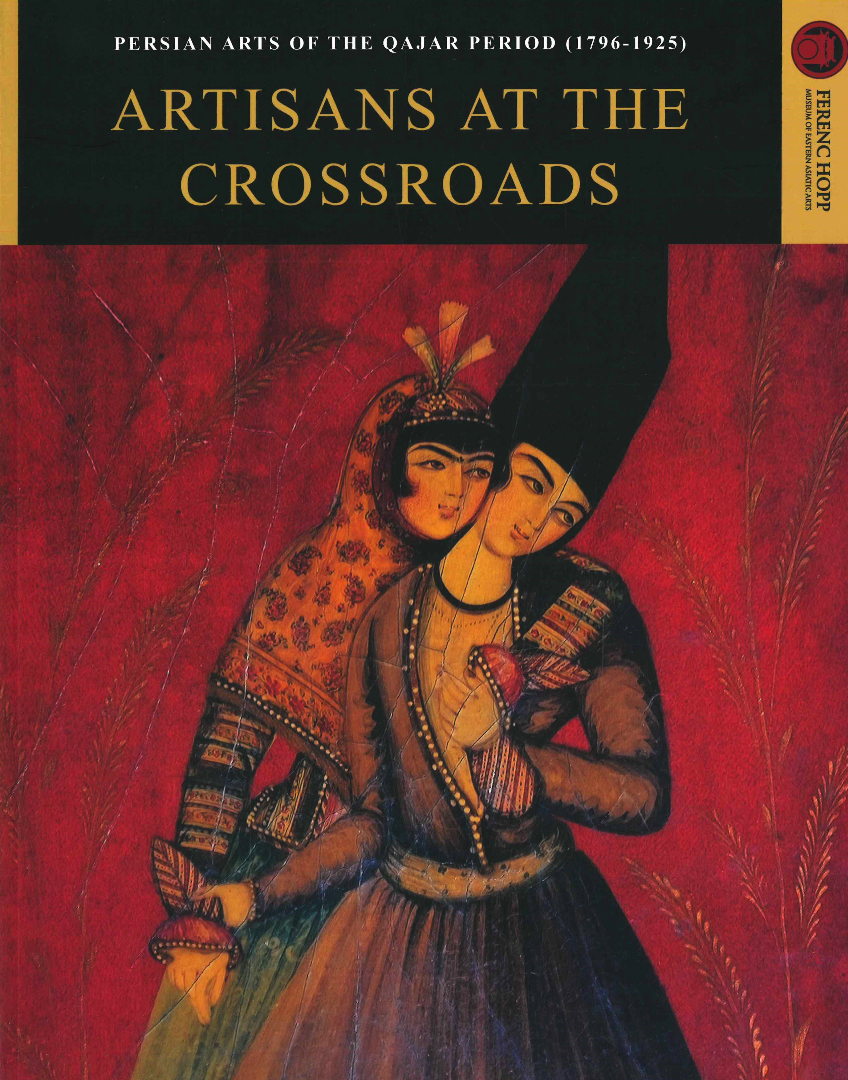 |
Artisans at the Crossroads: Persian Arts of the Qajar Period (1796-1925)This collection of studies pertains to the exhibition “Artisans at the Crossroads. Persian Arts of the Qajar Period (1796-1925)” of the Ferenc Hopp Museum of Eastern Asiatic Arts. The catalogue publishes the most beautiful Persian artefacts of Hungarian public collections and certain private collections (illustrated with colour photos). The introductory studies deal with the history of related research in Hungary, the history of Persia in the Qajar period, the European journeys of the Qajar emperors, and contemporary literature and arts. Readers are introduced into the art of books, book painting, new developments of visual depictions, Persian lacquer artefacts, photography, arms, metalworks, metal art, ceramic and textile art, and everyday and unique objects from the viewpoint of the art historian. Finally, the volume outlines the history of the collection of Persian art in Hungary. ISBN: 978-963-9738-21-8 |
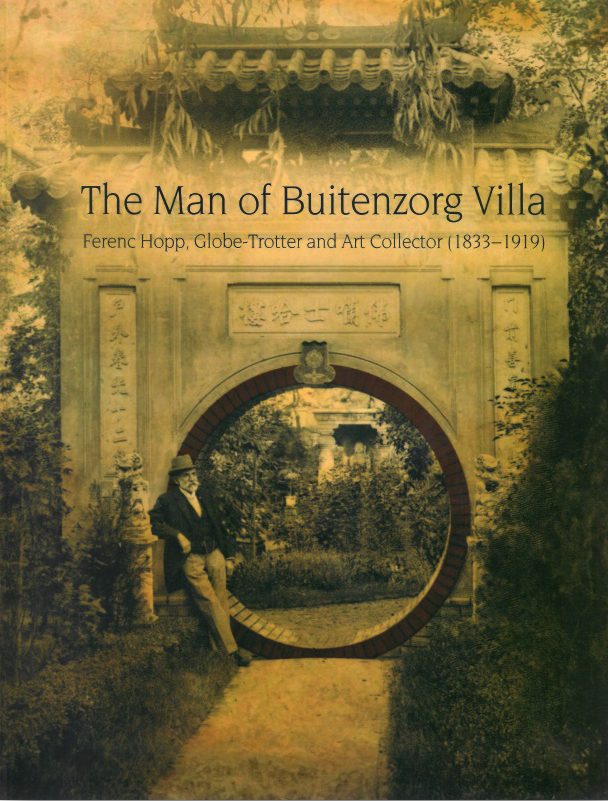 |
The man of Buitenzorg villa: Ferenc Hopp, globe-trotter and art collector (1833-1919)A book on the founder of the Ferenc Hopp Museum of Eastern Asiatic Arts was published in 2008 under the mysterious title “The man of Buitenzorg villa”. In 1919, Ferenc Hopp in his last will bequeathed his home – the Buitenzorg villa on Andrássy street – and his Oriental collection of approximately 4,000 items to the Hungarian state under the condition that the villa would house a museum of Eastern Asiatic arts. Hopp was an art collector, traveller and sponsor. His collection – the first European collection of Far Eastern artefacts – evolved from his Japanese, Chinese, Indian and Southeast Asian items. The Hopp Museum, named after him, was opened in 1923 in Budapest. This volume is a homage to the founder, Ferenc Hopp. It discusses his life, the period he lived in and his activity, and summarises the history and composition of the Museum. The book has two parts and an Appendix.
ISBN: 9789638754868 |